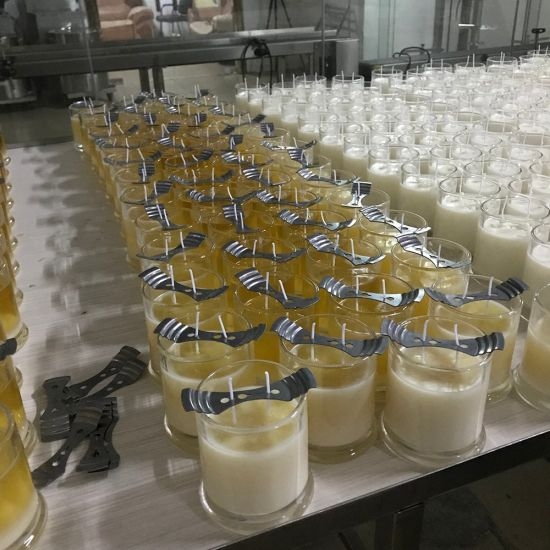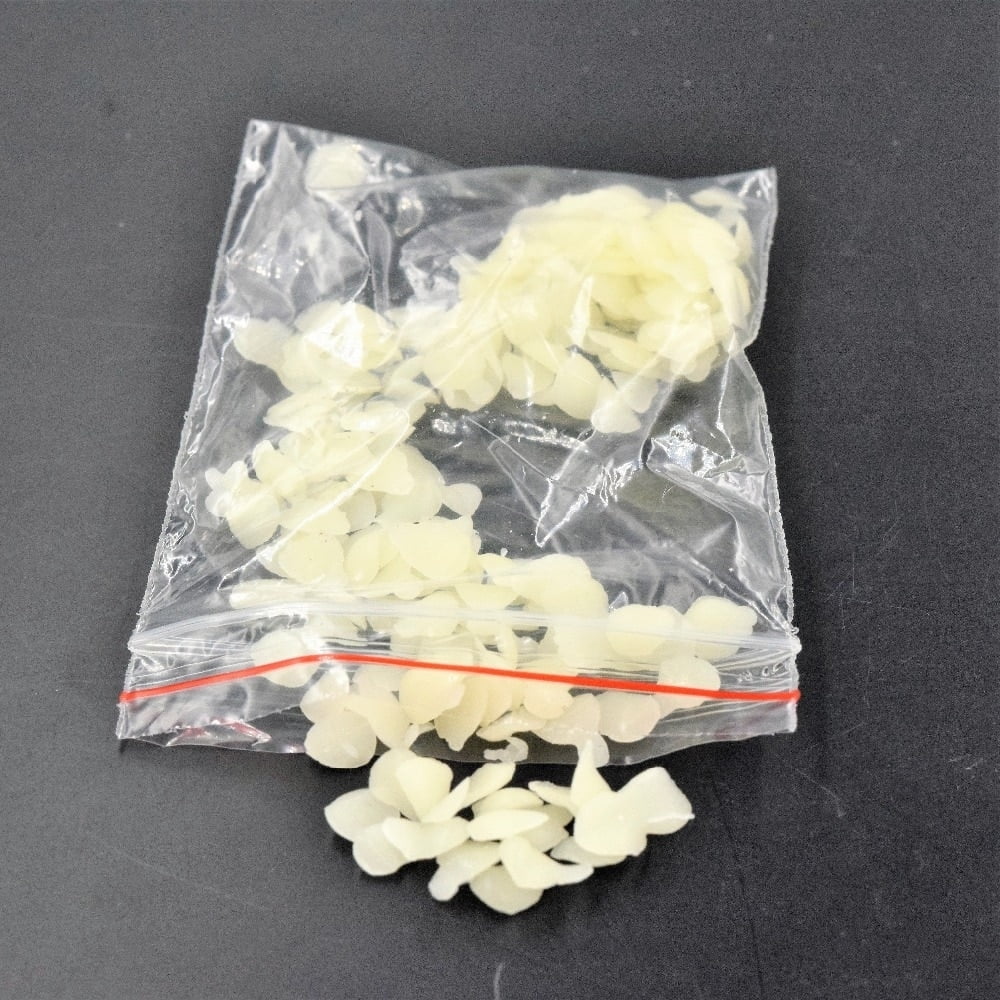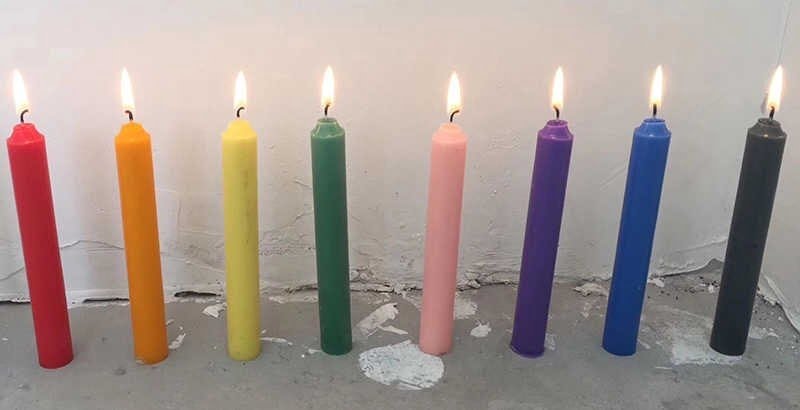Candle making regulations are an integral part of the industry, ensuring the safety and quality of products for consumers. From the materials used to the labeling requirements, these regulations serve as guidelines for manufacturers and sellers. Understanding the importance and history of candle making regulations provides insight into their necessity and evolution over time.
The importance of candle making regulations cannot be overstated, as they play a crucial role in safeguarding public health and safety. By governing aspects such as toxic substances, wick size, and testing procedures, these regulations aim to minimize potential risks associated with candles. Complying with these standards not only protects consumers but also helps maintain the integrity of the industry.
Throughout history, candle making regulations have evolved in response to various incidents and developments in manufacturing techniques. From early concerns about lead wicks to modern-day considerations for sustainable sourcing, these regulations have adapted to meet changing societal needs and advancements in technology. Understanding this historical context is essential for appreciating the current state of candle making regulations and anticipating future changes.
Understanding the Importance of Candle Making Regulations
Candle making regulations play a crucial role in ensuring the safety and quality of candles available to consumers. These regulations are put in place to address potential hazards, protect public health, and provide guidelines for manufacturers to produce safe products. Understanding the importance of candle making regulations is essential for both consumers and industry professionals.
Protecting Consumer Safety
One of the primary reasons for implementing candle making regulations is to protect consumer safety. By establishing standards for candle production, regulators aim to minimize the risk of fire accidents, toxic exposure from harmful chemicals, and other potential hazards associated with candles. Compliance with these regulations is essential for manufacturers to ensure that their products do not pose a danger to consumers when used as intended.
Quality Control and Product Consistency
Candle making regulations also contribute to maintaining quality control and product consistency within the industry. By setting specific requirements for candle ingredients, labeling, packaging, and manufacturing practices, regulators help uphold certain standards for all candles produced and sold in the market. This not only benefits consumers by ensuring they are getting high-quality products but also creates a level playing field for manufacturers.
Environmental Impact
In addition to consumer safety and product quality, candle making regulations also address environmental concerns related to production processes and materials used in candles. Regulations may include restrictions on certain ingredients or manufacturing practices that could have adverse effects on the environment. By adhering to these regulations, manufacturers can mitigate their impact on the environment while still producing desirable products for consumers.
Understanding the importance of candle making regulations highlights their integral role in safeguarding consumer safety, maintaining product quality, and addressing environmental considerations within the industry. As regulatory agencies continue to evolve these standards, it is important for both consumers and industry professionals to stay informed about current requirements and compliance expectations.
The History of Candle Making Regulations
In the 19th and 20th centuries, industrialization brought about new challenges in candle production, prompting governments to establish more formal regulations. This included standards for the materials used in candles, such as the type of wax and wick that could be used. Additionally, regulations were put in place to address labeling requirements so that consumers could easily identify important information about the candles they were purchasing.
As technology advanced and new types of candles entered the market, such as scented and decorative candles, regulators faced the task of adapting existing regulations to ensure that these products met safety standards. Over time, an increasing focus on environmental impact has also influenced candle making regulations, leading to guidelines for eco-friendly production methods and sustainable sourcing of materials.
Today, candle making regulations continue to evolve with advancements in science and technology. Regulatory agencies are tasked with overseeing these changes and ensuring that manufacturers comply with both long-standing rules as well as newly developed standards.
With a growing interest in homemade candles and small-scale production, there is also a need for clear guidance on compliance for individual crafters who engage in candle making as a hobby or small business. The enforcement of these regulations plays a crucial role in upholding consumer safety and promoting responsible manufacturing practices within the candle industry.
Current Candle Making Regulations in the United States
Regulatory Oversight
In the United States, candle making regulations are overseen by several government agencies at both the federal and state levels. The Consumer Product Safety Commission (CPSC), for example, regulates the safety of candles to ensure that they do not pose any fire hazards or health risks to consumers.
Additionally, the Environmental Protection Agency (EPA) sets standards for emissions from candle manufacturing processes to protect air quality. State and local governments may also have their own specific regulations regarding labeling, packaging, and selling of candles.
Key Regulations
One of the key regulations governing candle making in the United States is the Federal Hazardous Substances Act (FHSA), which requires warning labels on candles to alert consumers to potential dangers such as toxicity or flammability. The CPSC has also implemented rules regarding lead content in wicks and other materials used in candle production. Furthermore, the EPA has established guidelines on emissions of volatile organic compounds (VOCs) from candle manufacturing facilities in order to minimize air pollution.
Industry Compliance
Manufacturers and sellers of candles are required to adhere to these regulations in order to ensure consumer safety and environmental protection. Compliance with these regulations involves thorough testing and documentation of ingredients used, as well as meeting specific labeling and packaging requirements. Failure to comply with candle making regulations can result in fines, product recalls, or even legal action.
Given the potential hazards associated with candle making if not properly regulated, it is crucial for industry professionals and consumers alike to be aware of these regulations and ensure compliance for safe use of candles.
The Role of Regulatory Agencies in Candle Making
Regulatory agencies play a crucial role in ensuring that candle making processes and products adhere to safety standards and guidelines. In the United States, the Consumer Product Safety Commission (CPSC) is one of the main regulatory agencies that oversee the manufacturing and distribution of candles. The CPSC sets regulations to address potential hazards associated with candle making, such as fire safety, labeling requirements, and toxic substances used in fragrances.
One of the key functions of regulatory agencies in candle making is to conduct research and gather data on potential hazards and risks associated with candles. This information is used to develop and update regulations to mitigate these risks, protecting both consumers and manufacturers. For example, the CPSC regularly evaluates the safety of candle materials, wicks, and additives to ensure that they meet specific standards for flammability and toxicity.
Moreover, regulatory agencies also collaborate with industry stakeholders to provide guidance on compliance with candle making regulations. This includes offering resources, training, and educational materials to help manufacturers understand their legal obligations and best practices for producing safe candles. By fostering this partnership between regulators and industry professionals, regulatory agencies can more effectively enforce compliance with candle making regulations.
According to a report by Statista, the U.S. market for candles was valued at approximately 3.14 billion U.S. dollars in 2020
Compliance and Enforcement of Candle Making Regulations
When it comes to candle making, compliance with regulations is crucial for the safety of consumers and the environment. The enforcement of these regulations ensures that manufacturers adhere to specific standards and guidelines to produce safe and quality products. Here are some key aspects of compliance and enforcement of candle making regulations:
- Regulatory Standards: Regulatory agencies such as the Consumer Product Safety Commission (CPSC) in the United States set specific standards for candle making. These standards include requirements for labeling, testing, and using safe ingredients to minimize the risk of fire hazards and chemical exposure.
- Inspection and Monitoring: Regulatory agencies conduct regular inspections of candle manufacturing facilities to ensure that they comply with the set regulations. This includes monitoring the production process, testing samples, and evaluating labeling practices to guarantee compliance with safety standards.
- Enforcement Actions: In cases where non-compliance is identified, regulatory agencies have the authority to take enforcement actions such as issuing warnings, imposing fines, or even recalling products from the market. These measures are essential in holding manufacturers accountable for producing unsafe candles.
It is important for candle makers to stay updated on the latest regulations and comply with them accordingly. Failure to comply with candle making regulations can result in severe consequences including legal penalties and damage to a company’s reputation. By adhering to these regulations, businesses can prioritize consumer safety and contribute to a healthier marketplace for candle products.
Common Misconceptions About Candle Making Regulations
There are several common misconceptions about candle making regulations that have led to misunderstandings and confusion. One of the most prevalent misconceptions is that candle making regulations are unnecessary and burdensome. Some individuals in the industry may feel that these regulations hinder creativity and innovation, but in reality, they are essential for ensuring the safety and quality of candles.
Another common misconception is that small-scale candle makers are exempt from candle making regulations. While it is true that smaller businesses may have different regulatory requirements compared to larger manufacturers, they are still expected to comply with certain standards to ensure the safety and quality of their products. It is important for all candle makers, regardless of their size, to familiarize themselves with relevant regulations to avoid potential legal issues.
Additionally, there is a belief among some people that candle making regulations only focus on the materials used in the production process. While it is true that regulations do address the use of safe and sustainable materials, they also encompass a wide range of other factors such as labeling requirements, warning labels, and testing procedures. Understanding these aspects of regulation can help candle makers ensure compliance with all necessary standards.
It is crucial for those involved in the candle making industry to dispel these misconceptions and recognize the importance of adhering to regulations. By doing so, they can contribute to an environment where consumers can trust the safety and quality of candles on the market while also fostering a positive reputation for their business within the industry.
The Future of Candle Making Regulations
As the candle making industry continues to grow, it is important to consider the future of candle making regulations. With the increasing popularity of candles as decorative and aromatic household items, there is a need for stricter guidelines to ensure that these products are safe for consumers and the environment.
The future of candle making regulations will play a crucial role in addressing potential health and safety hazards, as well as environmental concerns associated with the production and use of candles.
Moving forward, it is imperative for regulatory agencies to collaborate with industry experts, scientists, and manufacturers to develop comprehensive guidelines that address the use of safe ingredients, proper labeling, and manufacturing practices. This collaboration will also involve conducting research on new materials and technologies that can improve the safety and sustainability of candle production.
In addition, the future of candle making regulations should also focus on educating consumers about the potential risks associated with burning certain types of candles. Providing clear information on how to safely use and dispose of candles can help minimize accidents and environmental impact. By promoting awareness and accountability among consumers, the industry can work towards creating a safer and more sustainable market for candle products.
- Collaboration between regulatory agencies, industry experts, scientists, and manufacturers
- Research on new materials and technologies
- Consumer education on safe usage and disposal practices
Conclusion and Final Thoughts on Candle Making Regulations
Candle making regulations play a crucial role in ensuring the safety and quality of candles produced and used by consumers. The establishment of these regulations, along with the enforcement by regulatory agencies, aims to prevent potential hazards associated with candle making, such as fire incidents, toxic emissions, and product adulteration.
As we have delved into the history, current status, and future prospects of candle making regulations in the United States, it is evident that these measures are essential for protecting both industry professionals and end-users.
Looking back at the history of candle making regulations, we can appreciate how far we have come in terms of prioritizing consumer safety. The evolution of these regulations has been driven by advancements in technology, scientific research on candle materials and composition, and a growing understanding of potential health risks associated with certain ingredients. Furthermore, current candle making regulations in the United States reflect a comprehensive approach towards addressing various aspects of production, labeling, testing, and environmental impact.
Moving forward, it is essential for stakeholders within the candle making industry to remain vigilant in upholding compliance with existing regulations as well as advocating for continuous improvement in standards. Additionally, educating consumers about the significance of purchasing candles from reputable sources that adhere to regulatory requirements can further contribute to overall safety and quality.
Ultimately, achieving a balance between innovation and regulation will be instrumental in shaping the future landscape of candle making practices while upholding public health and safety.
Frequently Asked Questions
What Are the Legal Requirements for Selling Homemade Candles in the US?
In the US, selling homemade candles has specific legal requirements that must be followed. These requirements may include obtaining business licenses, adhering to labeling regulations, and ensuring product safety.
Do Candles Have to Be FDA Approved?
Candles do not have to be FDA approved since they are not considered a food or drug product. However, they still need to comply with the Federal Hazardous Substance Act and other relevant regulations.
What Is the 84 Rule for Candles?
The 84 rule for candles refers to the percentage of fragrance in a candle. According to this rule, a candle can have up to 84 grams of fragrance per pound of wax. This regulation aims to ensure the safety and proper use of scented candles.

Welcome to my candle making blog! In this blog, I will be sharing my tips and tricks for making candles. I will also be sharing some of my favorite recipes.



